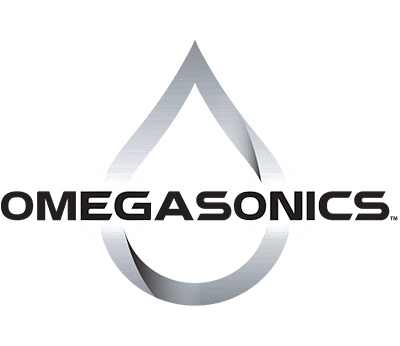Manufacturing solar panels is a delicate and precise process, and ultrasonic cleaning is used during the fabrication and assembly process to ensure the assembled panel performs at peak efficiency when placed in service.
Ultrasonic-CleaningSolar panels are constructed of solar cells, which are made of delicate materials coated with thin metal films. Harsh cleaning procedures would damage the components, rendering them ineffective or completely useless. The cells are made of special photovoltaic glass with thin laser-cut grooves.
If the grooves aren’t clean, short-circuits are created that reduce the electricity-generating capabilities of the cell. Furthermore, thin metal coatings are deposited onto the glass, and, once again, if the glass isn’t perfectly clean, the film will be contaminated. Ultrasonic cleaning is used to clean the glass before metal deposition to ensure a clean bonding surface on the delicate material.
When solar cells are assembled, wires are soldered to one side to connect several in series. The soldering process leaves flux residue behind, and once again ultrasonic cleaning is required to remove the flux before the connected cells are assembled into a solid panel. Leaving the flux behind would allow its acidic nature to eat away at the solder itself, eventually destroying the connection between the cells and thus the integrity of the entire panel.
Ultrasonic cleaning is one of the few technologies that will safely clean photovoltaic cells effectively, and is preferred by manufacturers for that reason. The process is gentle, an absolute requirement for the fragile wafers that comprise the core of a solar cell.
The minute grooves etched into the glass can only be reached and cleaned effectively by ultrasonic cleaning. And ultrasonic cleaning will not damage the thin metal films deposited on the surfaces of the glass like other cleaning processes can. In addition, the low power usage required for an ultrasonic cleaner, along with the environmentally safe detergents it employs, makes creating green energy sources like solar panels, an environmental win-win.
During the entire component-manufacturing-and-assembly process, ultrasonic cleaning is required at specific stages to ensure that the cells and panels work as designed and stay efficient in service. The delicate photovoltaic glass and the thin metal films applied to it must be completely free of contamination, and ultrasonic cleaning ensures that the glass and films remain intact when foreign materials need to be removed.
A final cleaning before assembly ensures that no residual chemicals are inadvertently sealed into the finished panel, an error that would render the panel useless over time. Solar panels provide green energy, and green ultrasonic cleaning processes and chemicals complete the circle of environmental responsibility.
For more information on ultrasonic cleaners, visit the Omegasonics website. You can also find us on LinkedIn and Twitter.
